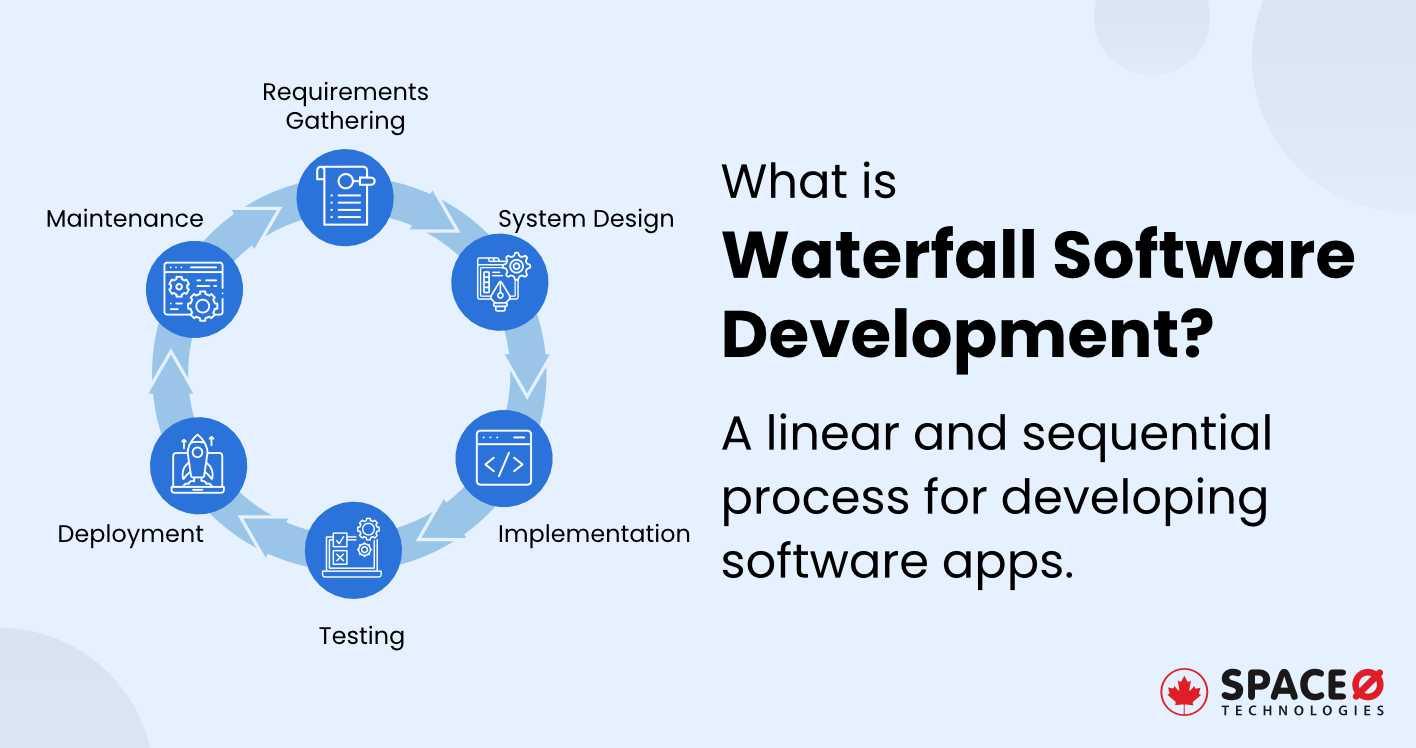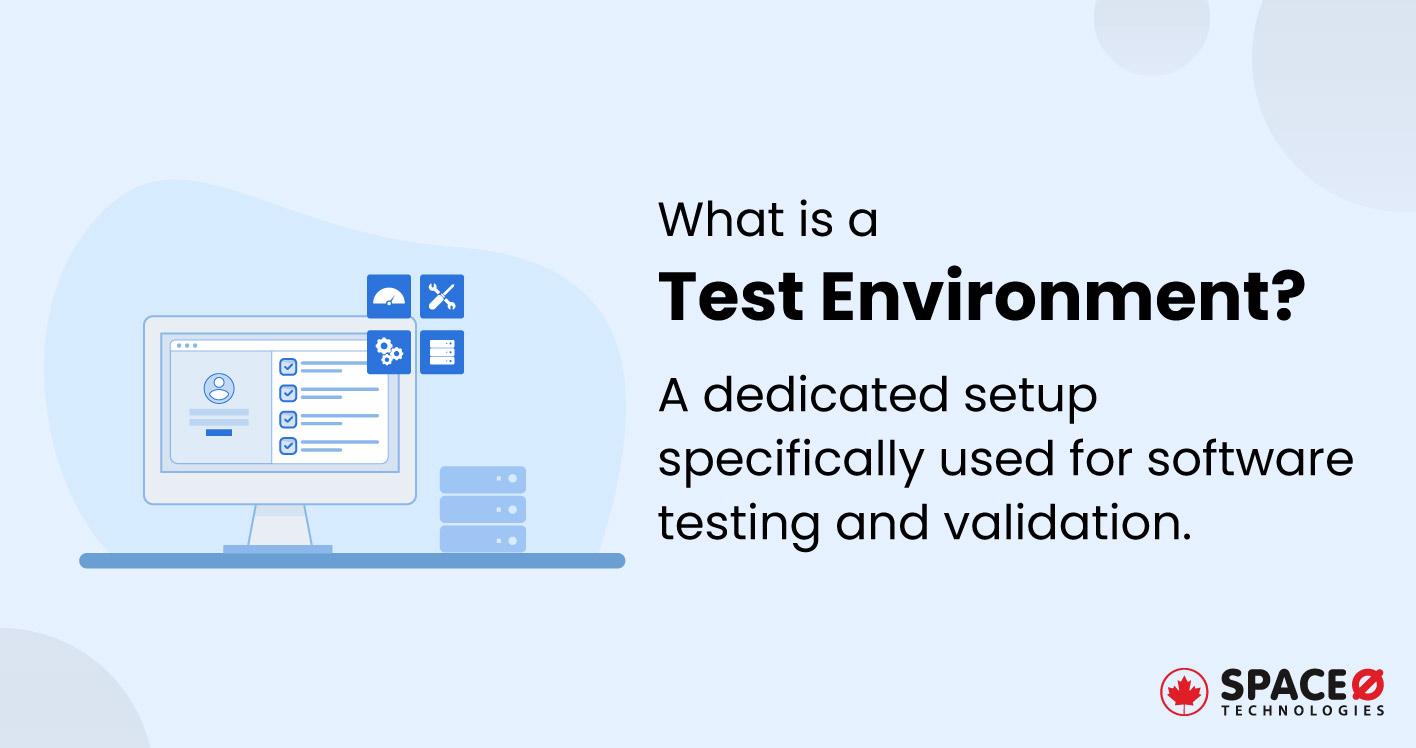
What is Load Testing? [A Quick Explanation Guide]
Table of Contents
What is Load Testing?
Load testing is a type of performance test that evaluates a software system or application’s ability to handle normal and high workloads.
Load testing is one of the most effective software testing types as it helps to verify that the software meets the expected performance criteria and end-user expectations. Likewise different testing types, you must consider load testing in your testing strategy.
Also, if you want to know about different types of software testing that you can add to your plan, then here is our in-depth guide on software testing types. Each of the software testing types mentioned helps you to enhance the quality and performance of the software.
Let’s know the primary objective of performing load tests.
What is the Primary Objective of Performing a Load Test?
The primary objective of load testing is to find potential bottlenecks and ensure the constant performance of the software under normal as well as peak conditions. In addition, verifying the software meets the expected performance criteria and end-user expectations.
Why is Load Testing Important?
The core reason to perform load testing is to know the reliability of software at its extreme or peak loads in uncertain conditions. Here are the remaining 3 reasons to conduct load testing.
Maintaining User Satisfaction
As you perform load testing of the software at peak times, it allows you to ensure that the software’s user experience has fewer or minimal delays and works perfectly.
Identifying Bottlenecks
Through load testing, weak points and areas that require optimization can be detected, allowing for targeted improvements that enhance overall performance.
Evaluating Scalability
As user bases and demands grow, load testing helps determine whether a system can adapt and handle the increased workload without compromising functionality or performance.
Moreover, while you’re focusing on the system’s performance through load testing, don’t overlook the need for ensuring that your software or application is versatile across different platforms and configurations. This is where portability testing comes into play.
To know in detail how portability testing ensures the ease of transferring your application across environments, take a look at our definition post on portability testing.
Which are the Different Types of Load Testing?
Here are 5 types of load testing to evaluate a system’s performance:
Baseline Testing
This type of load testing establishes a performance benchmark for the system under normal or expected operating conditions. By documenting the system’s performance metrics, such as response time, throughput, and resource utilization, baseline testing provides a reference point against which future test results can be compared.
It helps to identify areas for improvement and detect performance degradation over time.
Stress Testing
Stress testing is crucial for identifying the system’s breaking point and maximum operating capacity, ensuring that it can recover gracefully when pushed beyond its limits. This type of testing is crucial for identifying the system’s breaking point, understanding its failure behaviour, and ensuring that it can recover gracefully when pushed beyond its limits.
Stress testing helps to uncover issues related to concurrency, memory leaks, and resource contention that may not be evident under normal loads.
Soak Testing
Soak testing is also known as endurance or capacity testing, soak testing evaluates the system’s performance over an extended period under a constant, moderate load. This type of testing helps to identify potential issues related to prolonged use, such as memory leaks, resource exhaustion, or performance degradation.
Soak testing ensures that the system can maintain its performance and reliability over time.
Spike Testing
Spike testing examines the system’s ability to handle sudden, drastic increases in load, simulating scenarios where the user traffic surges unexpectedly. This type of testing is essential for understanding how the system copes with load spikes and whether it can recover quickly once the load returns to normal levels.
Spike testing helps to identify performance bottlenecks and ensure that the system remains responsive during periods of high demand.
Volume Testing
Volume testing, also known as scalability testing, analyzes the system’s performance when handling large amounts of data or a high number of multiple virtual users. This type of testing is particularly relevant for systems that store, process, or transmit large data sets or support a growing user base.
Volume testing helps to evaluate the system’s capacity, identify potential bottlenecks, and ensure that it can scale effectively as demands increase.
Which are the Key Components of Load Testing?
To begin load testing, here are the core components that you need for the load testing process.
- Test environment: Set up a load test environment that closely operates as a production environment, including hardware, software, and network configurations.
- Test scenarios: Develop realistic scenarios that behave like a typical user interaction with the system.
- Load generation: Create custom scripts and use the correct load testing tools to simulate user traffic and apply the expected load to the software.
- Performance metrics: Analyze and monitor relevant performance indicators, such as response time, throughput, and resource utilization.
What are the Best Practices for Effective Load Testing?
While conducting load testing, follow these best practices to conduct effective load testing.
- Decide objectives: Before proceeding ahead with your software performance testing process, you need to define specific goals and expectations.
- Create realistic test scenarios: To ensure that the software performs properly even in different traffic patterns, you need to test the software in different scenarios.
- Monitor performance metrics: To identify the areas for improvement, you need to first collect and analyze the test result data on key performance indicators.
- Conduct regular load tests: To effectively address potential issues proactively, you need to perform load testing routinely to maintain optimal system performance.
- Optimize and retest: After identifying bottlenecks or areas for improvement, make necessary changes and retest to validate the results.
After making code improvements, perform sanity testing through which you ensure that the software works as expected or not. Learn what is sanity testing and why to perform it after making changes to clear your doubts.
- Choose the right load testing tool: Choose a load testing software that can handle the expected load and can provide accurate results and data.
2 Examples of Load Testing
Consider the following examples to understand the importance of load testing.
E-commerce Website Load Testing During Holiday Sales Events
An e-commerce website may conduct load testing in anticipation of increased traffic during holiday sales events such as Black Friday, Cyber Monday, or Christmas sales.
The primary goal of performing load testing is to make sure that the website can handle the surge in user traffic without compromising the user experience, such as slow page loads, timeouts, or crashes.
Mobile App Load Testing for Multiple Users
A mobile app developer might perform load testing to determine if their app can handle the expected number of multiple users without crashing or slowing down.
This is particularly important for apps with a large user base or those that experience sudden spikes in user activity, such as social media, gaming, or streaming apps.
In summary, load testing is a vital process to evaluate a system’s performance under various workloads, ensuring that it can meet user demands and maintain a high level of functionality. By following best practices and conducting regular tests, you can optimize the system for both normal and peak load conditions, leading to increased user satisfaction and overall system reliability.
All our projects are secured by NDA
100% Secure. Zero Spam
*All your data will remain strictly confidential.
Trusted by


Bashar Anabtawi
Canada
“I was mostly happy with the high level of experience and professionalism of the various teams that worked on my project. Not only they clearly understood my exact technical requirements but even suggested better ways in doing them. The Communication tools that were used were excellent and easy. And finally and most importantly, the interaction, follow up and support from the top management was great. Space-O not delivered a high quality product but exceeded my expectations! I would definitely hire them again for future jobs!”

Canada Office
2 County Court Blvd., Suite 400,
Brampton, Ontario L6W 3W8
Phone: +1 (437) 488-7337
Email: sales@spaceo.ca




